![]() a social entrepreneur
a social entrepreneur
 JP | EN
JP | EN
 JP | EN
JP | EN
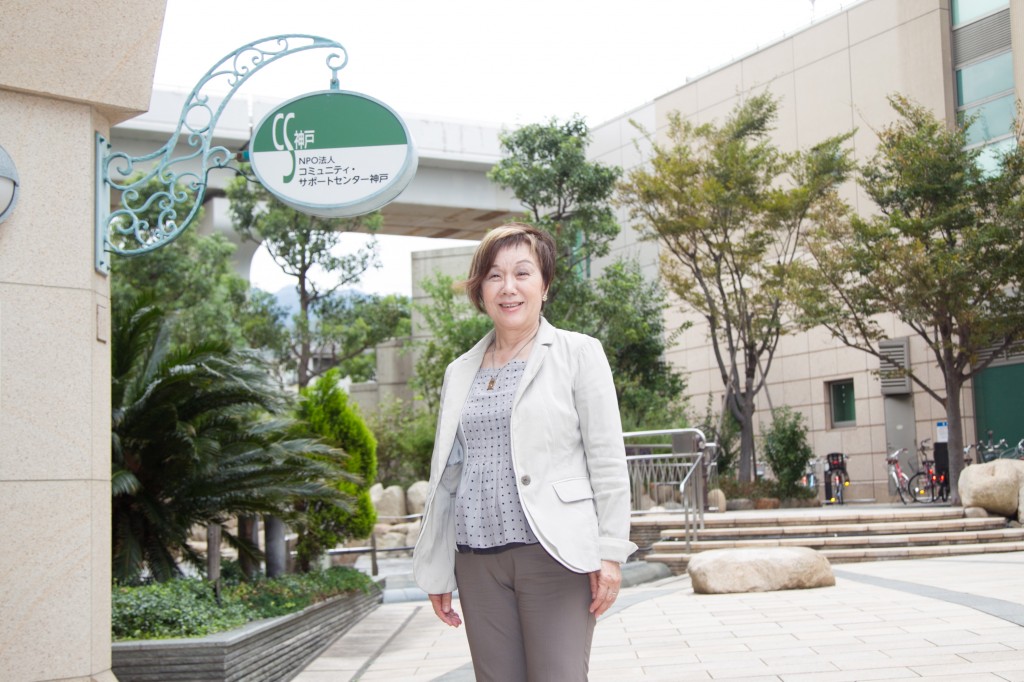
I was attracted by the structure in which service users and providers are on an equal footing, and which can lead to long-term strategies to help people. In addition, I was considering what types of services and systems were necessary to enable residents to continue living in their familiar communities comfortably. This was also one of the reasons why I began my efforts. Above all, I wanted to do something through which I could accumulate skills, and which I could do for the rest of my life. I might have been hoping for an encounter with a calling that would make me feel “I’m happy about my job!”
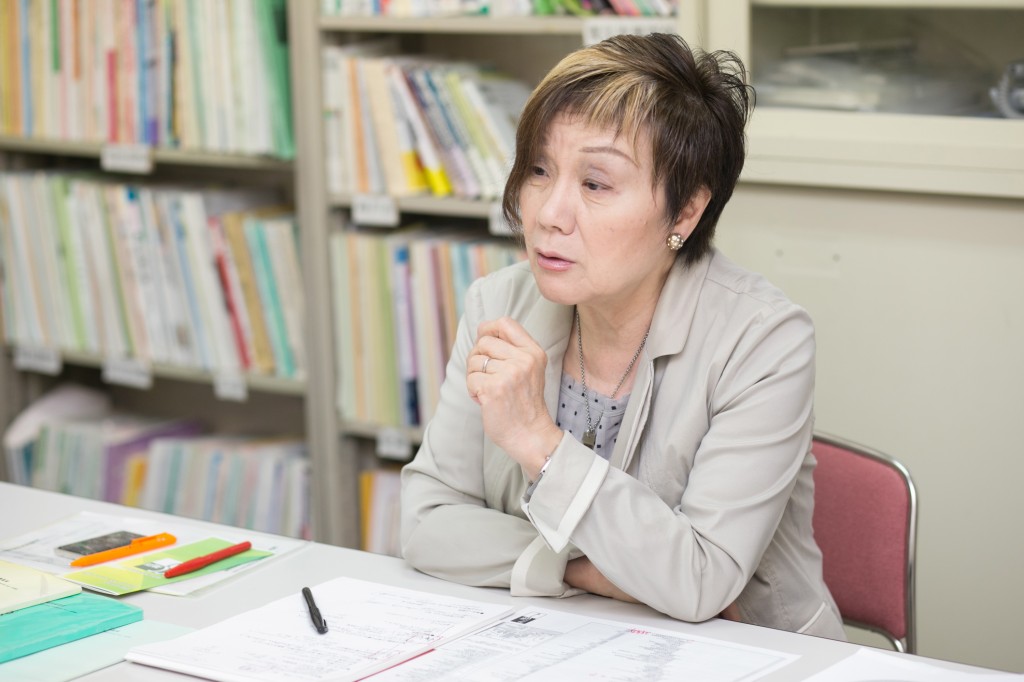
 Photo: Sawayaka Tent, a mobile facility where people gather to drink some tea and enjoy chatting
Photo: Sawayaka Tent, a mobile facility where people gather to drink some tea and enjoy chattingIn those days, two trends were identified among those affected by the disaster. While one was the attitude of depending on others for almost everything, the other was the dissatisfaction that support from volunteer staff and relief supplies were almost always available only in temporary housing. How to deal with both of these was a big problem.
While social workers invited participants, I organized health seminars delivered by doctors. I spread a tablecloth on the table in the waiting room, and served some snacks. Participants enjoyed chatting freely after health seminars. People gathered one after another, making me moved that cooperation between medical treatment and welfare service was realized that way. Actually, the Communication Salons are still going on.
 Photo (1995): Communication Salon, an effort to support senior citizens living at home, through cooperation with more than 20 clinics in Higashinada Ward
Photo (1995): Communication Salon, an effort to support senior citizens living at home, through cooperation with more than 20 clinics in Higashinada WardThey sometimes seemed to be dependent on others, so the first thing that I needed to work on was to encourage them to become independent. I asked them what they could do to contribute to their local communities. While some said that since they used to work in the carrier business, they could help passenger transportation and pickup services, others said that since they liked making various objects by hand, they could encourage others, if there was a studio for everybody to use. Thus, their attitude was changing into something more positive, resulting in the start of their local contribution activities. Afterwards, I decided to launch support efforts to develop people’s own abilities.
 Photo (2000): Handicraft club of the Konan NPO Center, a women’s organization established in the then Konan Market
Photo (2000): Handicraft club of the Konan NPO Center, a women’s organization established in the then Konan MarketIt was becoming necessary to approach those who were recovering from the memories of the disaster and taking a positive attitude. In this regard, I launched efforts for people to cover each other’s weakness and exchange mutual support for living. This was the background to the generation of CS Kobe.
After the occurrence of the earthquake, most people first confirmed the safety of their families, followed by the safety of their neighbors. I defined this series of action as follows: First confirmation → families; second confirmation → neighbors; and third confirmation → “those who have some connection.”
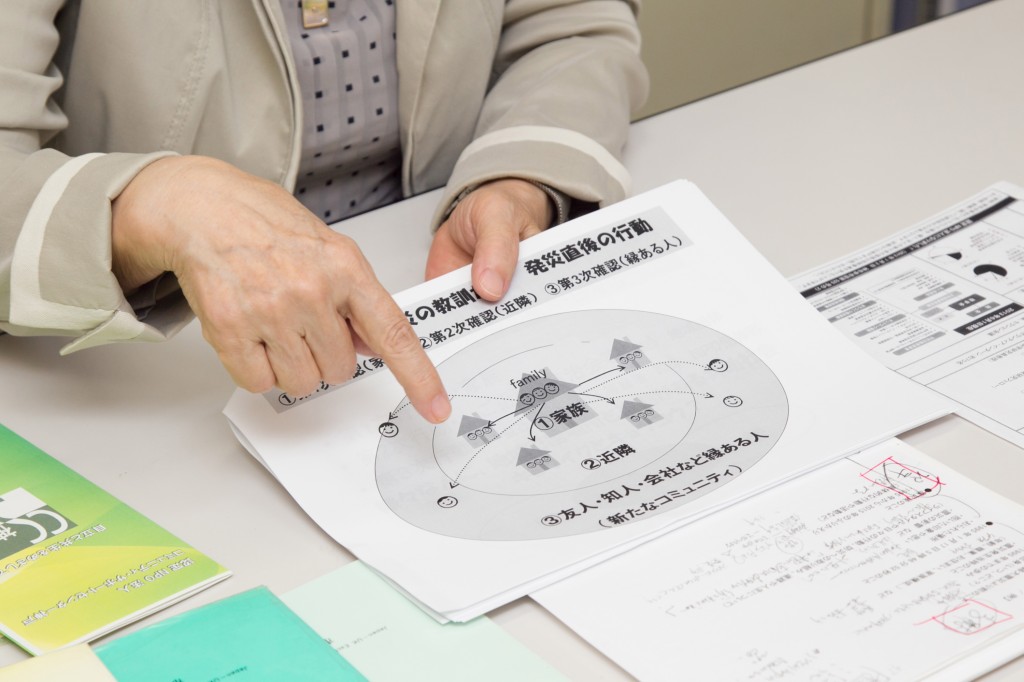 Photo: Analysis of behaviors right after the occurrence of the disaster – lesson learned from the Great Hanshin-Awaji Earthquake
Photo: Analysis of behaviors right after the occurrence of the disaster – lesson learned from the Great Hanshin-Awaji EarthquakeMany volunteers, estimated to be from 1.3 million people to 1.5 million people, provided support for affected areas and people. Before then, in Japan, disaster recovery efforts had been usually made only by the police, fire departments, and self-defense forces. After the occurrence of the Great Hanshin-Awaji Earthquake, however, young students, covered in mud, began to be engaged in relief efforts, and large-scale mutual support began to spontaneously erupt.
On the other hand, there were sometimes clashes with volunteer students. I held meetings many times to discuss how to behave and what volunteer work was. Although I made efforts to ensure mutual understanding, in some situations, it was difficult to secure time to ensure appropriate matching of the needs of affected areas and volunteer human resources.
In those days, the awareness that there are regulations to be followed by volunteers was insufficient. Based on this experience, the role of volunteer coordinators has now become an academic subject. I was very happy when I heard that students of that time would pursue a career in welfare.
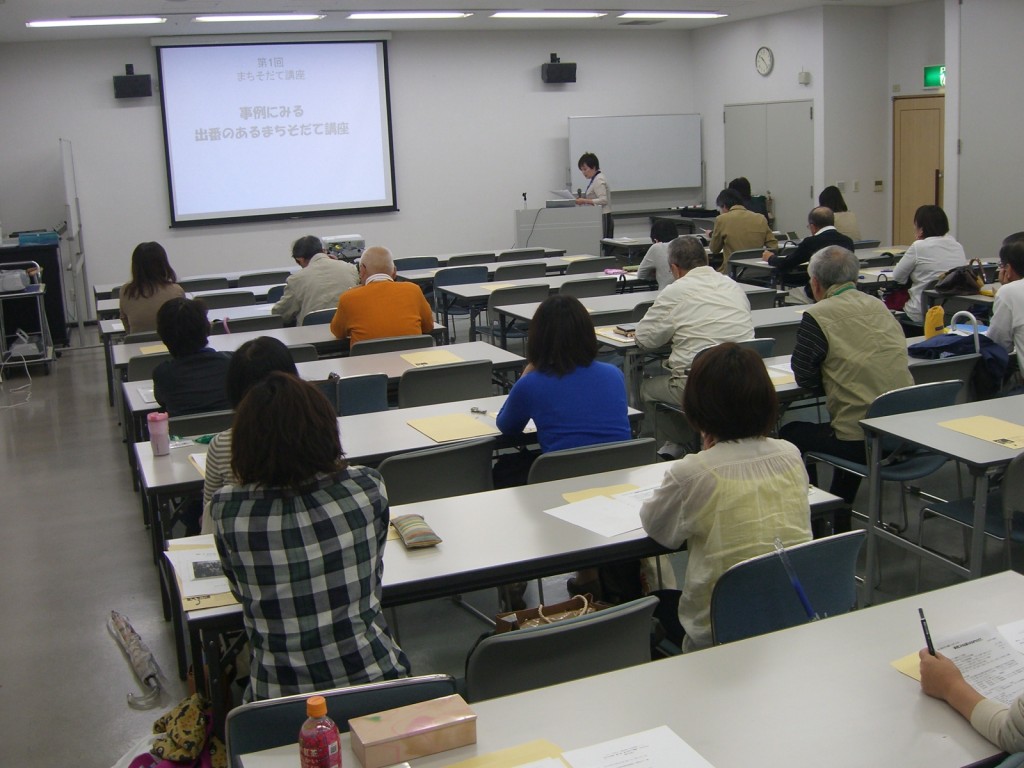 Photo: Exchanging know-how accumulated by Ms. Nakamura
Photo: Exchanging know-how accumulated by Ms. NakamuraWhat we do is ensure matching of what citizens want to do and social needs. A person who used to run a coffee shop before the disaster told me that it was hard for him to be in the position of continuing to just say thanks to volunteers. So I advised him to be in the position of receiving thanks from someone else, and then, he opened a coffee salon in his temporary housing area. Finding his own role, he began to shine.
I feel that it would be great if an appropriate division of roles is achieved. For example, while local organizations are engaged in crime prevention and disaster damage reduction, NPOs are involved when some specialty and skills are needed. I hope that intermediaries like us will cooperate with each other even more closely, and work on such a role division as a common theme.
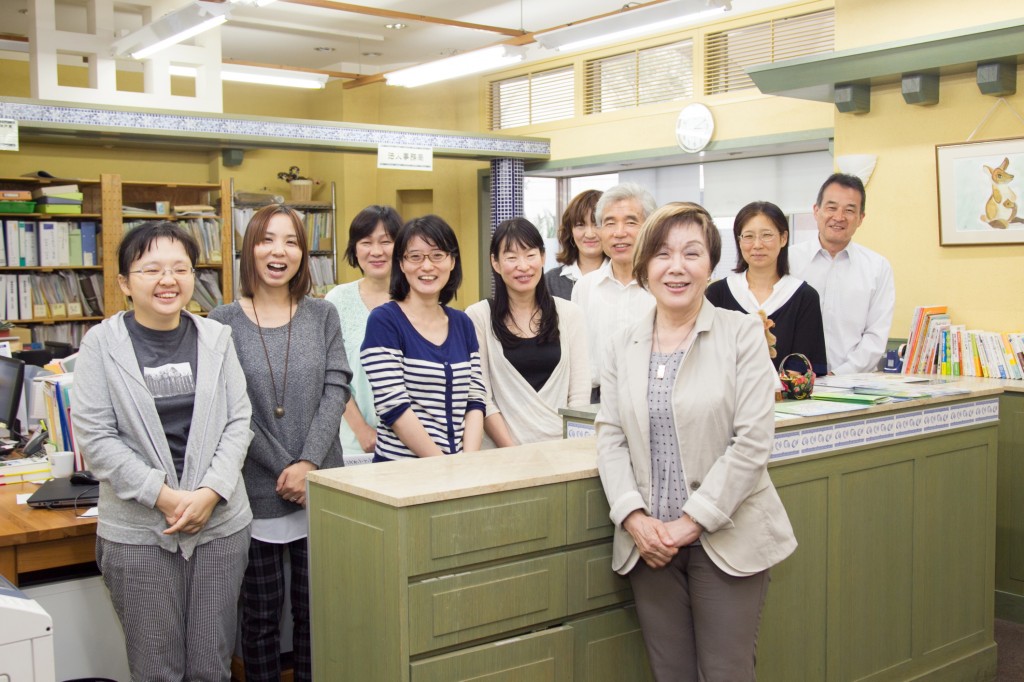 Photo: Ms. Nakamura and CS Kobe staff members with whom she continues moving forward
Photo: Ms. Nakamura and CS Kobe staff members with whom she continues moving forwardAt the time of the Great Hanshin-Awaji Earthquake, many people exchanged information, and called out to each other spontaneously. But now, I feel that such an atmosphere is weakening, and there are many people who cannot find their point of contact with society. I hope that by discovering their positive aspects and fostering their relationships with society, we can increase the number of communities where residents care for, and call out, to each other.
Junko Nakamura
Director of the Community Support Center Kobe (CS Kobe), an intermediary providing support for organizations conducting their projects through the NPO method. Belonged to a paid volunteer organization, even in the days when volunteer activities were not widely acknowledged in Japan. Established the Higashinada Community Mutual Support Network, the parent organization of the CS Kobe, after the occurrence of the Great Hanshin-Awaji Earthquake. Has been leading the world of volunteer activities for more than 30 years.